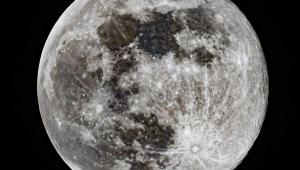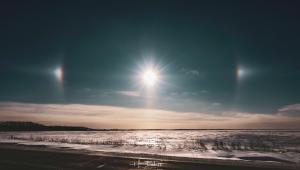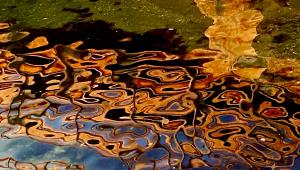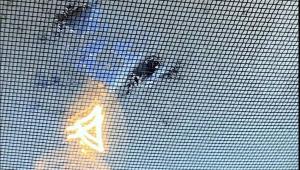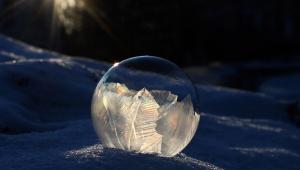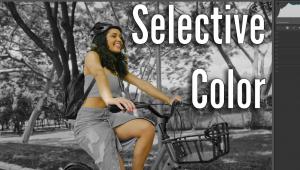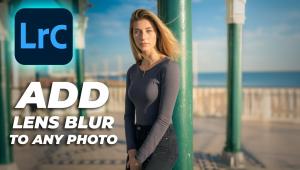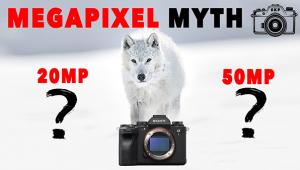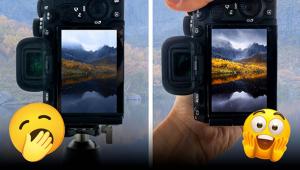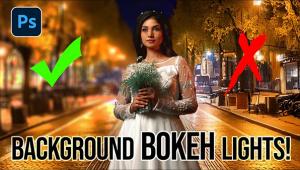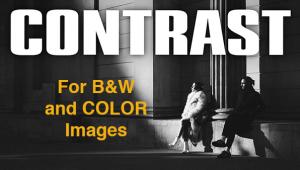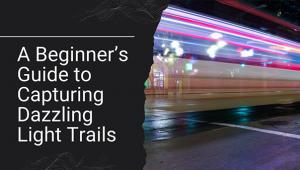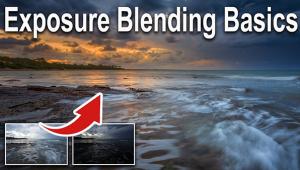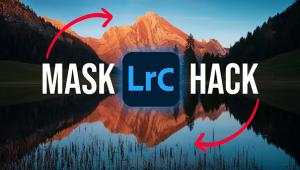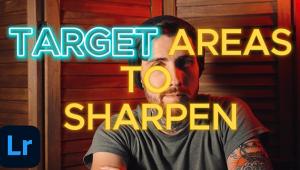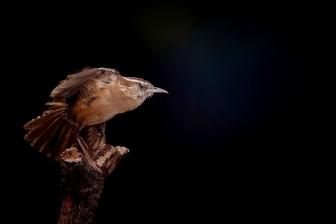Help!
Here Is A Quick Tip List On Letters For The HELP! Desk:
Please confine yourself to only one question per letter. Both postal letters and e-mails are fine, although we prefer e-mail as the most efficient form of communication. Send your e-mail queries to editorial@shutterbug.com with Help in the subject header and your return e-mail address at the end of your message. Although we make every effort, we cannot promise to answer every HELP! letter.
When sending a response or suggestion that refers to a published letter please include the month and page of the original question.
All postal letters to HELP! must be accompanied by a stamped, self-addressed envelope to be considered for reply. We will respond to e-mail queries with an e-mail.
Blue Filter Query
In response to Jim King’s inquiry about the blue filter (December, 2010, issue, page 185), I believe there is another explanation. Without seeing the photo Mr. King sent in I can’t be sure, but I own a deep blue filter with a lanyard on it that was routinely used in the television industry to check and correct color on video monitors. The filter would be placed over the eye as a monocle while a specific SMPTE (Society of Motion Picture and Television Engineers) color bar test pattern was displayed. Tiny adjustments to the hue (phase) and saturation (chroma) of the monitor would result in easy-to-see changes through this filter. This was the equivalent to today’s profiling of a computer monitor. Only once the monitor was properly adjusted could color adjustments be made to the video cameras or within other studio or editing equipment.
Chris Rakoczy, Rakoczy Photography
Manchester, CT
Your suggestion as to another possible intended use of the deep blue filter Jim King recently asked about is logical—but he indicated his late father’s gear was mostly from the late 1930s. I know they showed a prototype TV at the 1939 New York World’s Fair, but I’m sure that television images were only in black and white in the very beginning. Of course, the blue filter might have been acquired after the 1930s.
(PS: After sending this e-mail to Mr. King I heard back from him saying that his dad had built some TV sets from kit form in the early 1950s and was later employed at a New York City TV station. It seems that Chris Rakoczy’s suggestion that the blue filter might have been used in television monitor adjustments was probably correct.)
Out Of The Rain
Q. I have been looking for an umbrella that attaches to a tripod for nature photography. I have a Gitzo brand tripod and the legs are thicker than some small tripod legs. I mainly want it for rainy days.
Tammy Henry
via e-mail
A. I have never seen or heard of any tripod attachment that will hold an umbrella to protect the camera and/or user from weather and I do keep my eye out for this type of unusual and different photo accessory each time I attend a photo trade show. There are attachments that clamp onto tripod legs that have a ball socket and tripod screw for attaching a second camera or accessory (I have one that SLIK offers), but I have not seen one with just an adjustable clamp on each end that could also hold an umbrella shaft. I called a friend at the F. J. Westcott Company, a firm that offers a wide variety of photographic light modifiers, softboxes, and umbrellas. They also manufacture a range of special purpose umbrellas for non-photo uses. You can find some of their offerings at: www.haas-jordan.com. Under “Specialty Items” they list a spectator seat umbrella that consists of a large weather-resistant umbrella that attaches to a 13” wide leather seat, which also converts into a walking stick. Or, if you do a web search for “umbrellas, golf” you will find many different golf umbrellas offered that are large 62” diameter, weather- and wind-resistant devices. Some also list umbrella seats. This is not exactly what you were looking for, but it might be an alternate device that would suit your requirements. If any readers know of an umbrella attachment for tripods and write us we will send the data on to you.
Film Dead?
Q. Please tell me honestly that film is not dead! I go to my local West Virginia Wal-Mart store to develop my own film at their one-hour photo center. They are currently remodeling all the stores to use digital format machines. Even the Kodak and Fuji film products are gone. Where can I buy and process Fuji color film (or any color film) nationwide? I want to continue shooting until film is declared dead!
Jack McClellan
Huntington, WV
A. I can assure you that film is not entirely dead—yet! But finding color negative film and getting it processed and printed has become more difficult in recent years. One sure method is to find a mail-order lab to do your processing and printing. Check the Photo Lab Showcase published in each issue of Shutterbug. There you will find several labs that still specialize in doing the type of processing you seek. Other mail-order firms that advertise in our magazine still offer a variety of different kinds of films to keep your cameras operating.
- Log in or register to post comments

